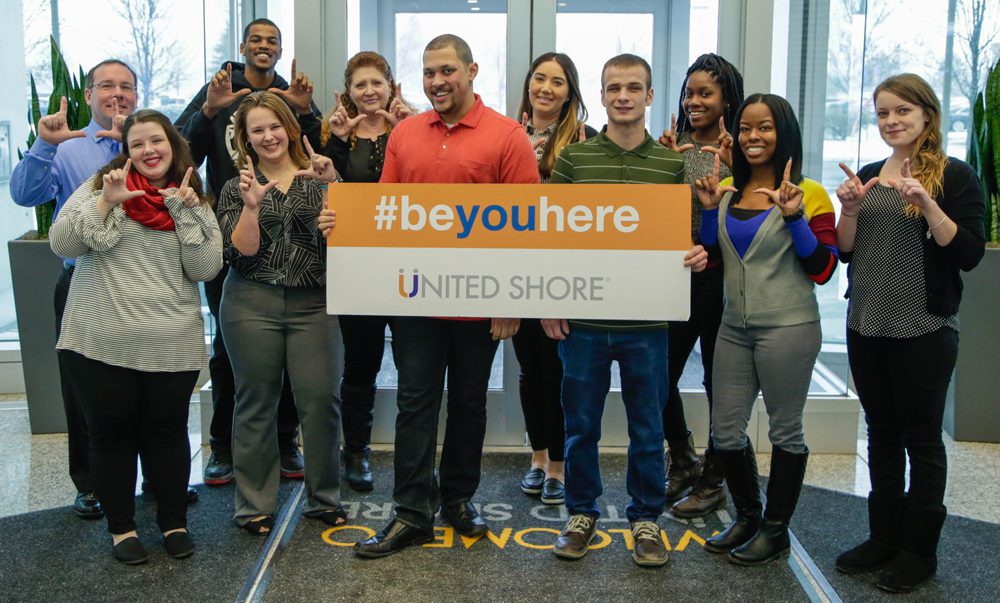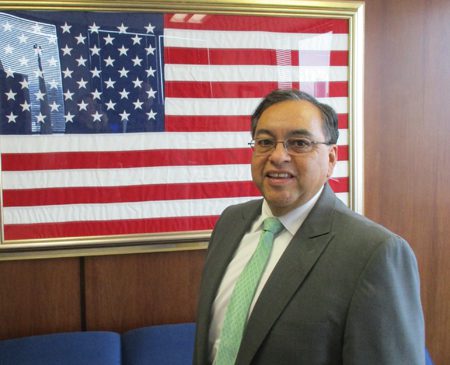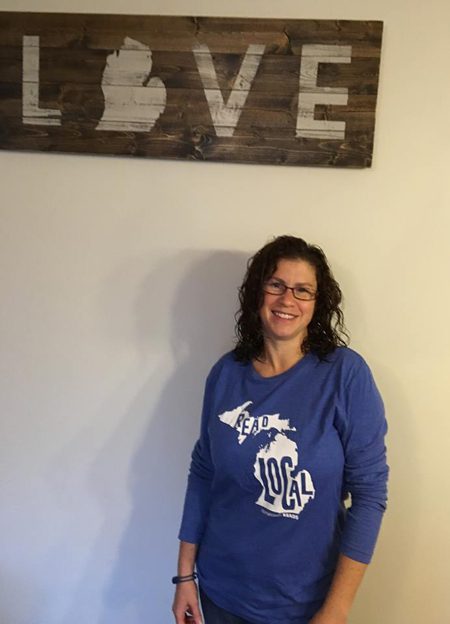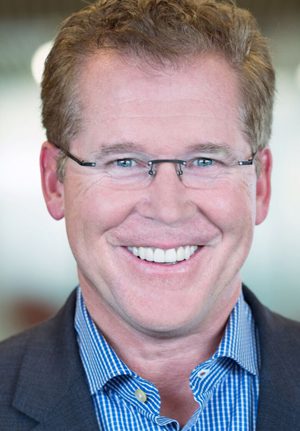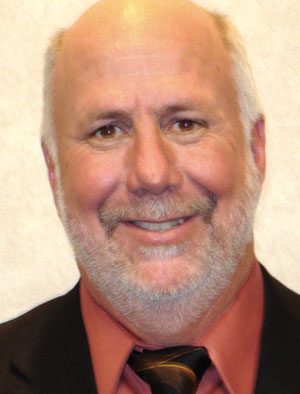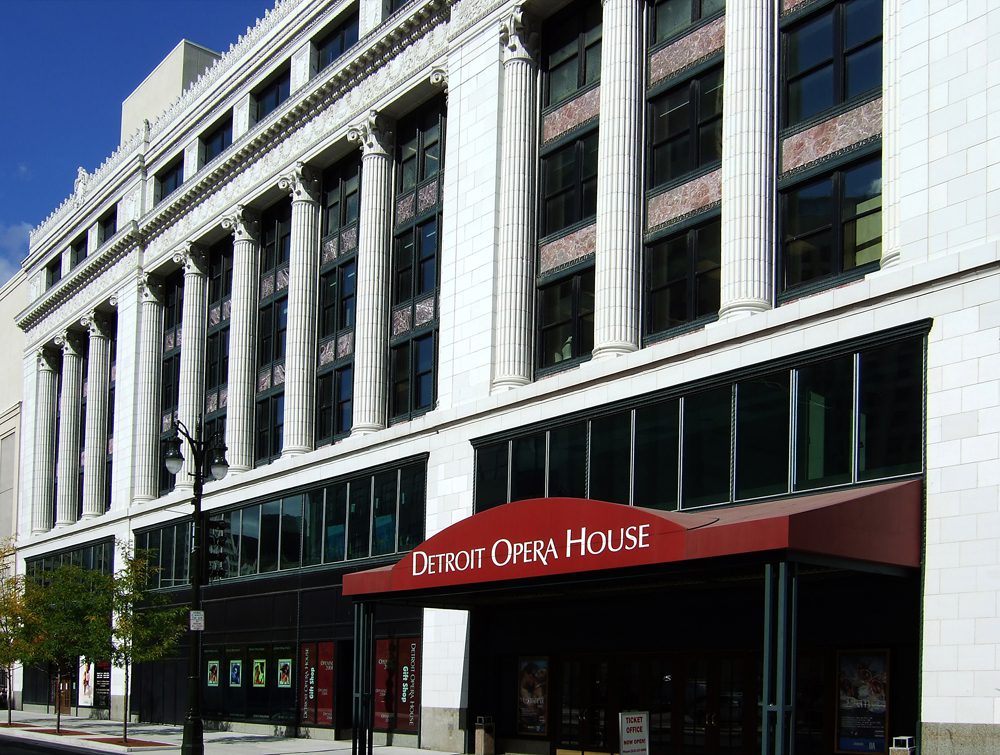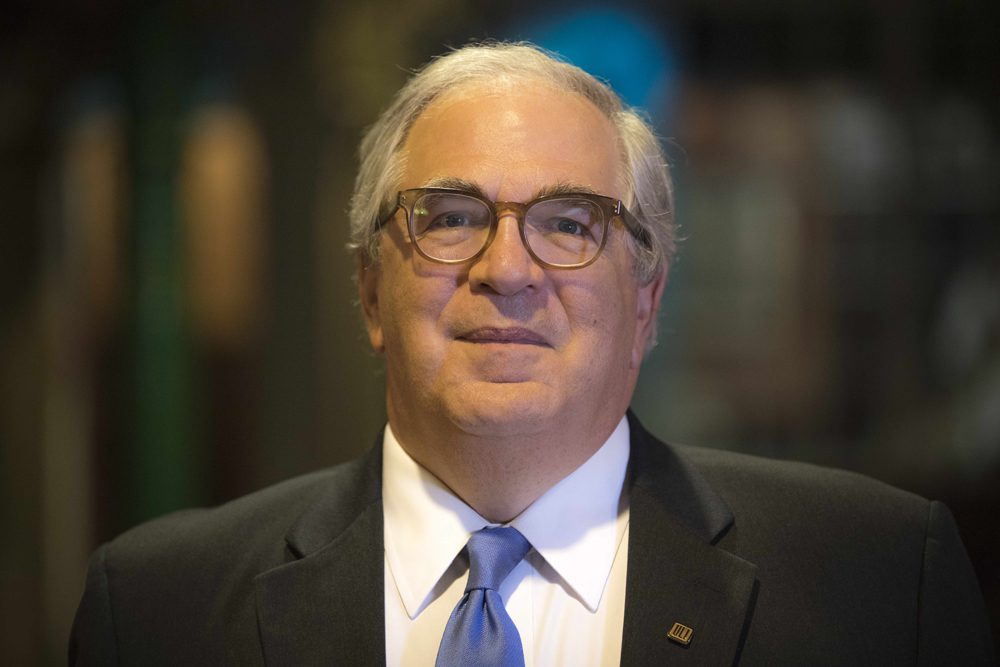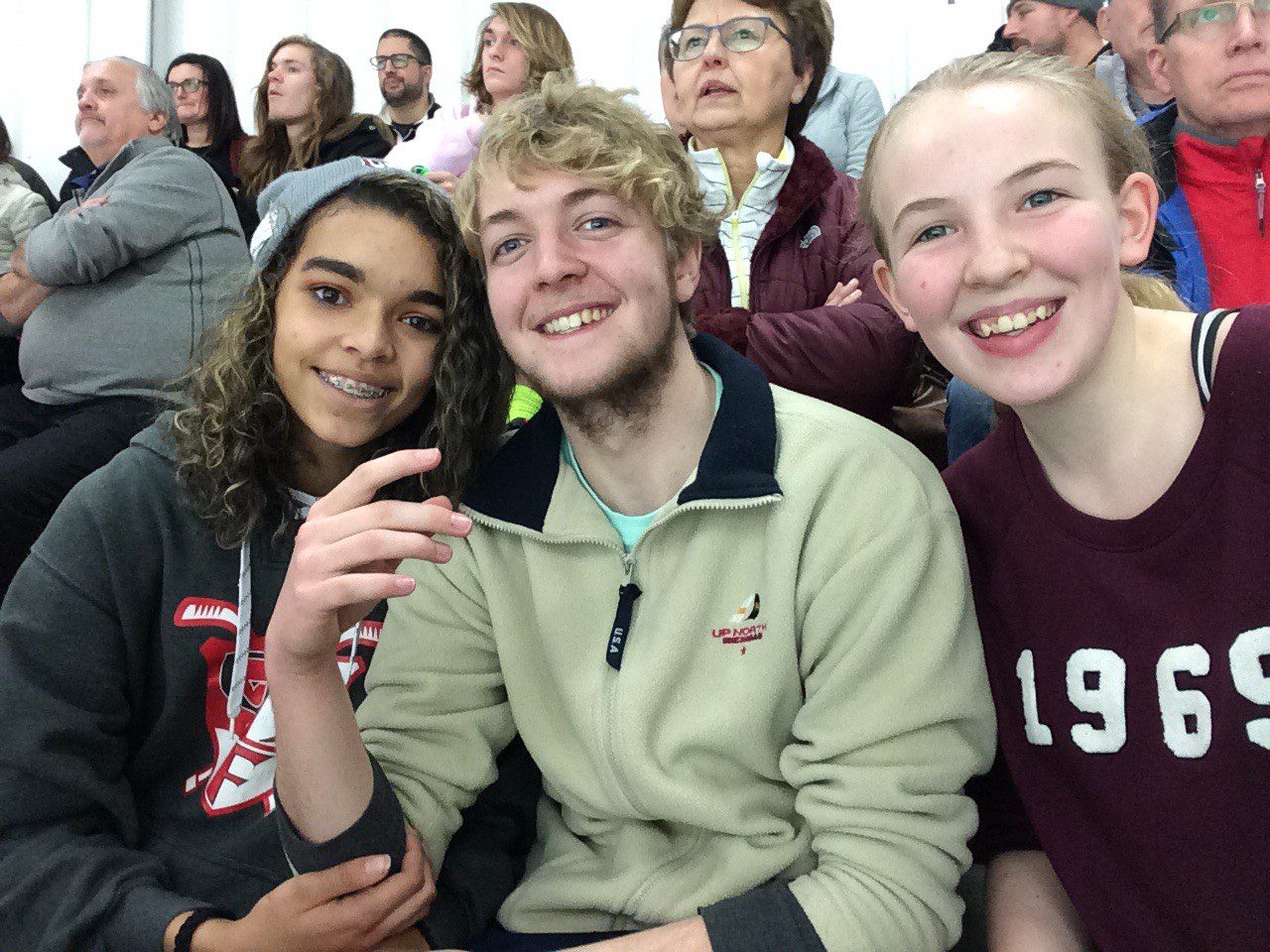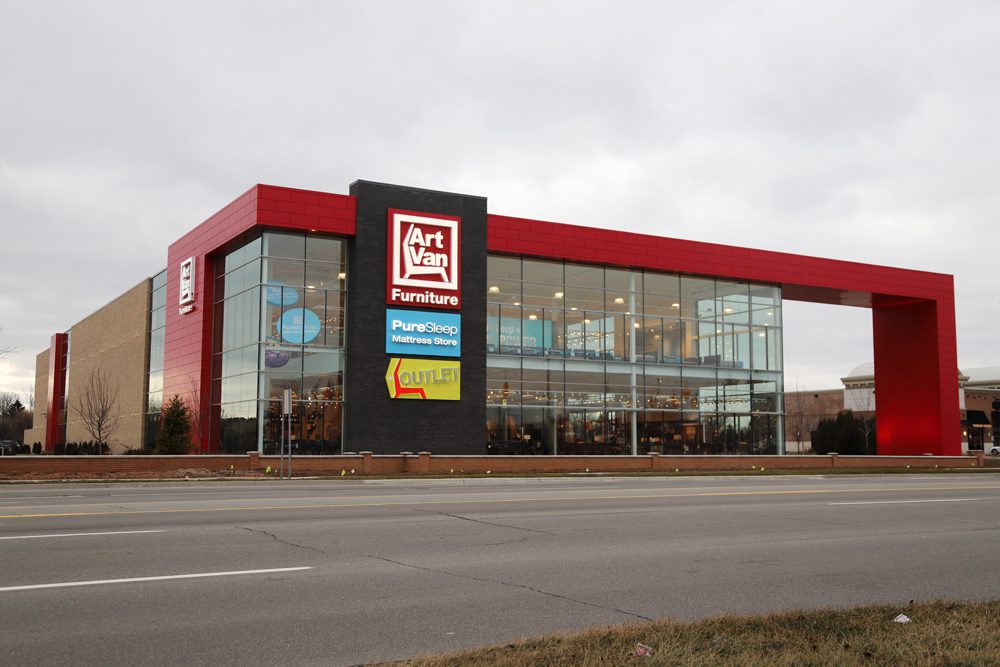Furniture Retailer and Philanthropy Giant Art Van Elslander Dies at 87
He was the kind of executive you knew by name. It is likely most people recognized his face as well with his many public appearances, events and activities around Michigan and Metro Detroit in...
Pontiac Experiencing a ‘Rebirth’ as Companies See New Potential Arising
Like many rustbelt cities, Pontiac has had its fortunes rise, crash and, with the hard work, bounce back in a way that is meaningful and, hopefully, sustainable.
Markets for ‘Panic Buttons’ Now Extend Beyond Traditional Uses
The products known as “panic buttons” are nothing new – these security measures have been around for decades.
Police Reporter Takes a Deeper Dive into the Story Through True-Crime Books
George Hunter is the ultimate police reporter, working for The Detroit News and covering some of the toughest cases in the Motor City.
He also is an author with two books under his belt now....
Detroit Brings Back Wish Tree in Addition to 10,000 Others Through New Planting Program
If you believe wishes can come true, then you need to visit Detroit’s official “Wish Tree.” And if you want to see more trees like this installed around the city, get ready to see...
Meijer, Huggies Help Area Parents through Metropolitan Detroit Diaper Bank Donations
There are some things you cannot live without: Food. Shelter. And, if you’re a parent, that list would have to include those helpful items known as diapers.
National Diaper Bank recently presented a donation of...
Hometown Reads Provides Authors With Community, Ways to Spread the Word About Their Books
Writing a book seems like an incredibly exciting event in a person’s life – until you realize how much work it is to market that book.
Finding your audience for your words is challenging, and...
Hiring Well is Often a Matter of Aligning Cultural Fit, Performance Goals
Finding talent – hiring, training and encouraging employees – is one of the top tasks of any organization.
For Most Individual and Corporate Taxpayers, New Tax Law Appears to be Positive
Remember the talk about Americans, weighed down with the complexity of the U.S. tax system, finally being able to file their taxes on a document the size of a postcard?
Michigan Opera Theatre’s Chairman of the Board Receives National Award, Recognition
It’s an honor that puts Michigan at the top of a very prestigious list: Long-term Michigan Opera Theatre Chairman R. Jamison “Rick” Williams is being honored with a 2018 National Opera Trustee Award from...
Model Earns Experience, Knowledge Through Her Role on ‘America’s Next Top Model’
Rio Summers, like many young women, dreamed of having a career that inspired her, made her work hard toward her goals and brought joy to others.
Summers, 23, of Detroit, has found it within the...
Stay-At-Home Moms Can Blaze Their Own Trail, Author Says
Call them a “hidden workforce” of sorts: There are millions of mothers who are choosing to put their careers on hold and stay home with their children.
As a previous marketing manager of a Fortune...
How Two Smaller Companies Discovered ‘Sweet Spot’ Through Merger
Businesses looking at a merger or acquisition may feel fear at the thought of what will happen to their company, culture and vendor relationships after the deal is closed.
Experts Committed to ‘Transformative Development’ Will Gather in Detroit This Spring
The Urban Land Institute, a global real estate focused organization whose members are dedicated to the responsible use of land, will be holding its 2018 Spring Meeting in Detroit.
Art Museums Blend Community, Culture, Commerce
Less than a decade after Great Recession, Museums are on the rebound
What Happens When You Mix a Brewery with a Scottish Bakery? A Night Customers...
Some partnerships are made in heaven, and they enhance both businesses that engage in these relationships. So what happens when a Scottish bakery and a brewing company decide to do a special event together?
The...
Grand Rapids Griffins maintains friendship with Ferris State University that extends beyond the Ice
Grand Rapids Griffins Youth Foundation students enjoyed a night of FSU Bulldogs hockey on January 19. The annual outing gave students an opportunity to realize the possibility of a college education. Youth Foundation officials...
Art Van Furniture Debuts New Look, New Store
As styles change, retailers must change as well by adding new shopping experiences, bright new décor and interesting design to their brick-and-mortar stores.
In Canton, Art Van Furniture is preparing to unveil its new flagship...


